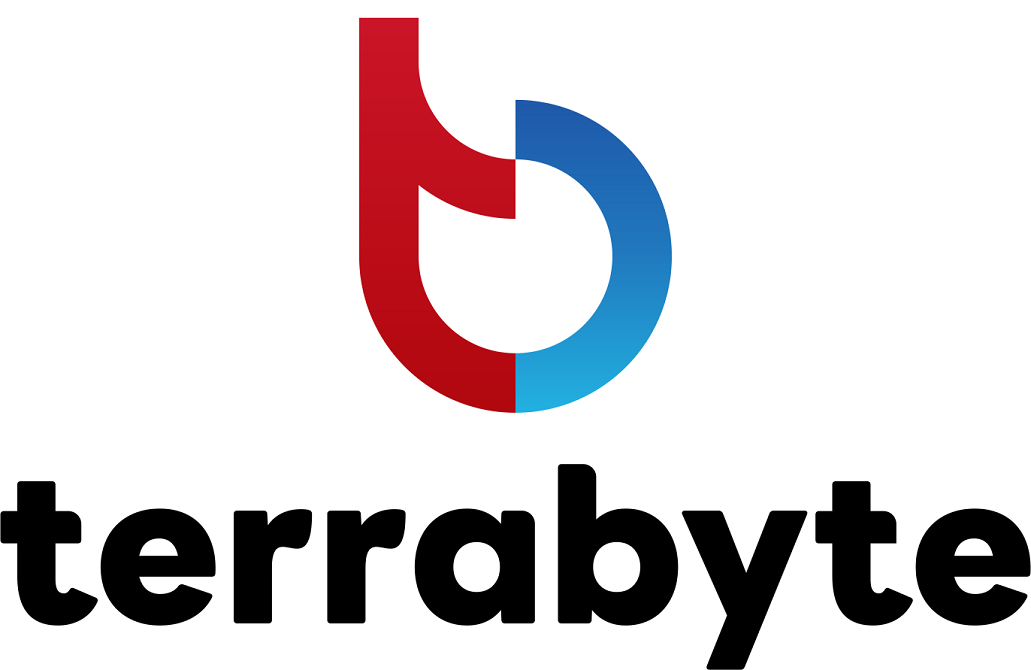Threat intelligence integration bridges the gap between raw threat data and actionable security measures, enabling organizations to foresee and counter potential attacks before they unfold. By weaving threat insights into existing systems, businesses can transform their cybersecurity approach from reactive to predictive, staying ahead of adversaries.
What Is Threat Intelligence Integration?
Threat intelligence integration involves embedding threat data into an organization’s security tools and workflows. This process transforms raw threat information—such as indicators of compromise (IOCs), tactics, and techniques—into actionable insights that guide decision-making and enhance security measures.
Key aspects of threat intelligence integration include:
- Data Aggregation: Collecting information from multiple trusted sources to identify and analyze threats.
- Automated Analysis: Using machine learning and AI to sift through data, detect patterns, and prioritize risks.
- Seamless Workflow Integration: Embedding intelligence into security platforms like SIEM, SOAR, and endpoint protection tools.
Impacts of Not Using Threat Intelligence
Organizations that fail to leverage threat intelligence may face several challenges, such as:
- Delayed Response: Without early warnings, attacks are identified after significant damage occurs.
- Inefficient Security Operations: Teams waste time responding to false positives or investigating outdated threats.
- Increased Vulnerability: Lack of visibility into emerging threats leaves networks open to exploitation.
- Limited Insight into Attackers: A reactive approach does not understand adversary behaviors and motives.
Core Benefits of Threat Intelligence Integration
When implemented effectively, threat intelligence integration brings substantial benefits to an organization’s security posture:
- Faster Threat Detection: Real-time insights allow security teams to identify risks before they escalate.
- Improved Incident Response: Integrating intelligence helps prioritize threats and automate responses, minimizing damage.
- Enhanced Decision-Making: Detailed context about threats informs strategies and resource allocation.
- Futureproofing Against Threats: Insights into emerging attack methods prepare organizations for evolving risks.
Conclusion
Threat intelligence integration is a game-changing approach in modern cybersecurity, enabling businesses to stay proactive and resilient against ever-evolving cyber threats. By embedding actionable intelligence into your defenses, you can reduce risks, improve response times, and build a robust security infrastructure.
To explore tailored solutions that integrate threat intelligence seamlessly, trust Terrabyte to empower your organization with cutting-edge security capabilities!




